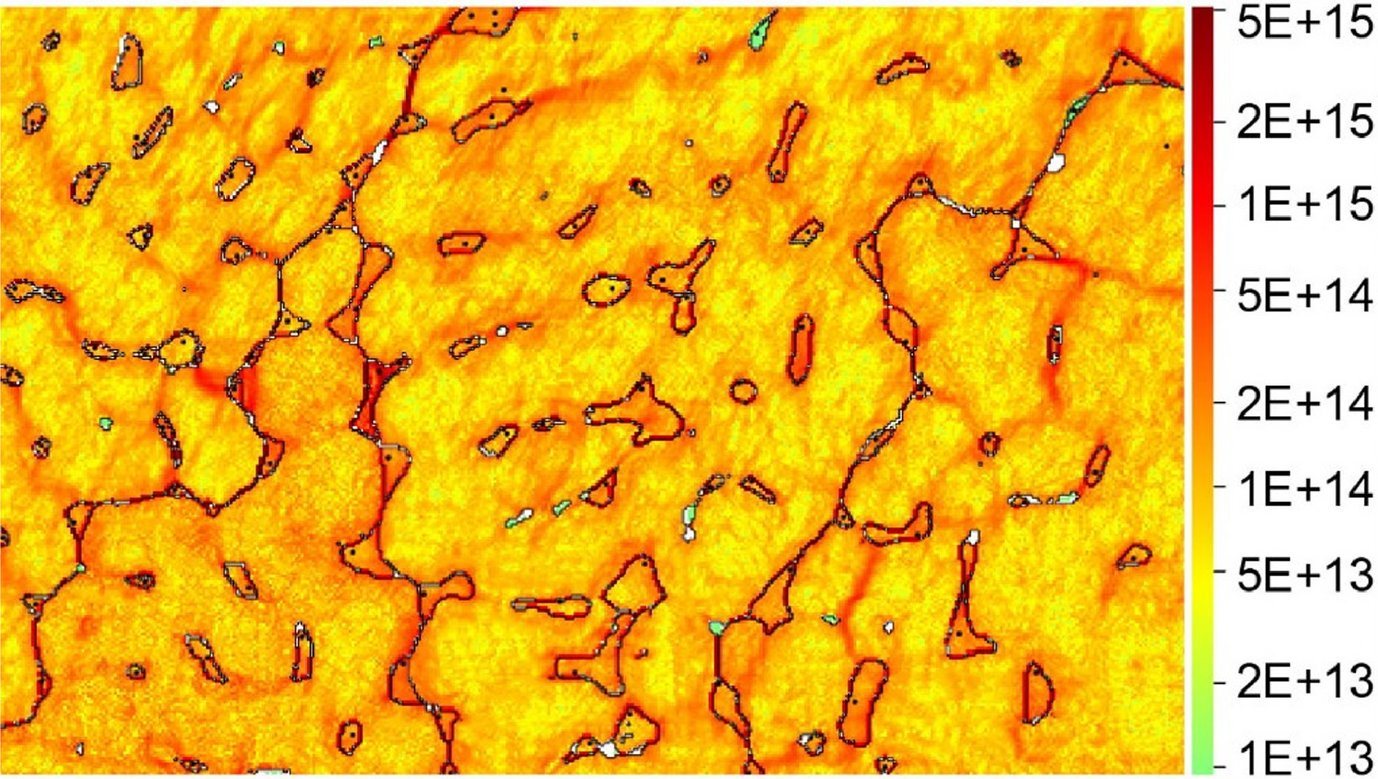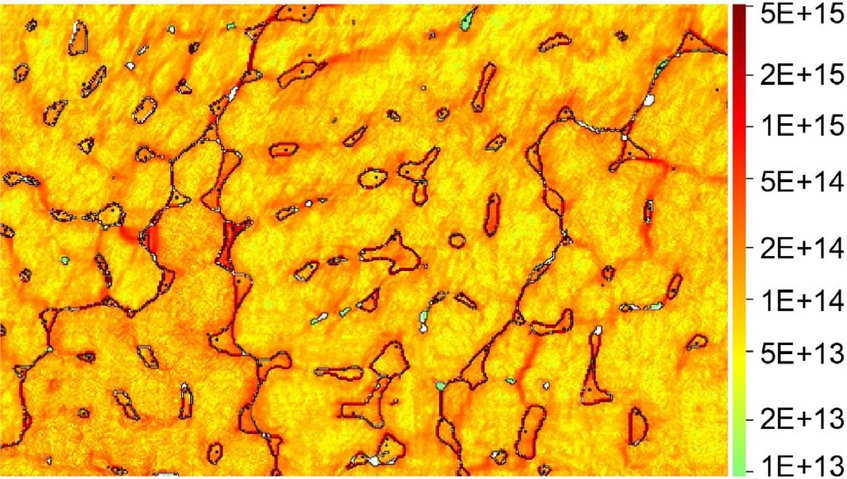Interface Segregation Engineering in Additive Manufacturing of a High Entropy Alloy
One fundamental problem in alloy design for additive manufacturing (AM) is hot tearing. We tried to solve that by segregation engineering, with the specific aim to alter the residual stress states at the interdendritic and grain boundary regions and consequently prevent hot tearing. Here, in situ Al alloying is introduced into an existing hot-cracking susceptible high-entropy alloy CoCrFeNi. We find that within a certain range of compositions, such as Al 0.5 CoCrFeNi, the hot crack density was drastically decreased. During the solidification of this specific alloy composition, Al is firstly ejected from the primary dendritic face-centred cubic (FCC) phase and segregates into the interdendritic regions. Spinodal decomposition then occurs in these Al-enriched regions to form the ordered B2 NiAl and disordered body-centred cubic (BCC) Cr phases. Due to the higher molar volume and lower homologous temperatures of these B2/BCC phases, the inherent residual strain is accommodated and transformed from a maximum 0.006 tensile strain in CoCrFeNi to a compressive strain of ~0.001 in Al 0.5 CoCrFeNi. We suggest that this interface segregation engineering method is new pathway to counteract hot tearing in additive manufacturing.



